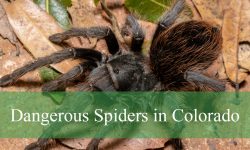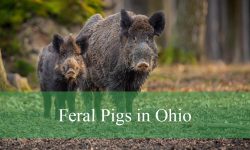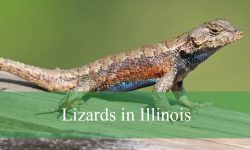New York is home to a surprising variety of doves, ranging from the familiar city-dwelling Rock Pigeon to the gentle and widespread Mourning Dove. These graceful birds can be seen in urban parks, quiet suburbs, and open rural fields, bringing soft cooing sounds and calm presence to the state’s diverse landscapes. Recognizing the different types of doves in New York is a rewarding experience for both new and seasoned birdwatchers.
While some doves are year-round residents, others appear only occasionally, making sightings even more special. Mourning Doves are the most common and easily identified by their slender shape and distinctive flight sound. Rock Pigeons dominate city skylines, while rarer species like the Eurasian Collared-Dove and White-winged Dove add unique touches to New York’s birdlife when they appear.
This guide will help you identify the four types of doves in New York with clear descriptions and pictures. Learn how to spot them, understand their habits, and discover where they are most likely to be seen throughout the state.
Common Doves Found in New York
Mourning Dove (Zenaida macroura)
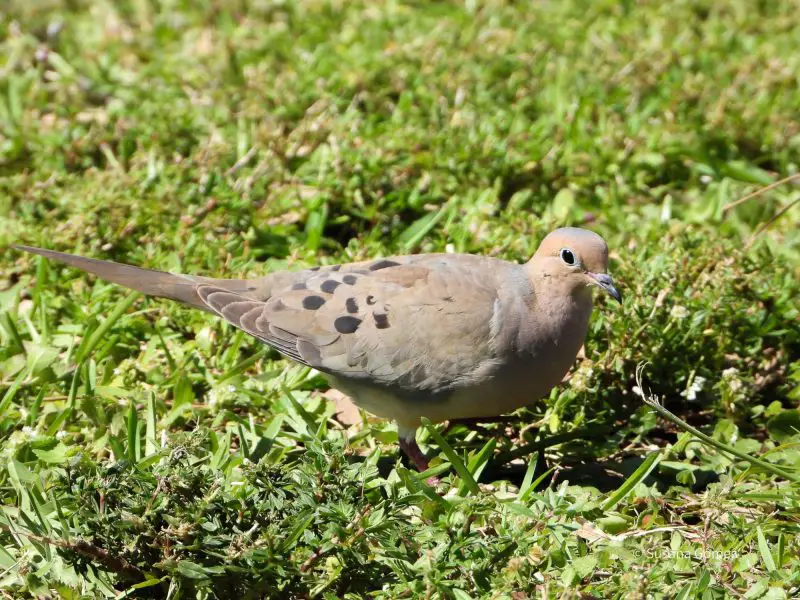
The Mourning Dove is one of the most widespread and recognizable doves in New York. It has a slender, graceful build with a long pointed tail edged in white, and soft brownish-tan feathers that blend beautifully with its natural surroundings. The bird’s wings are marked with small black spots, and its pale blue eye-ring and pinkish legs add to its gentle appearance. Adults typically measure 9 to 13 inches long with a wingspan of about 17 to 18 inches, and weigh around 4 to 6 ounces. When taking flight, they produce a characteristic whistling sound from their wings, which can help in identification.
Behaviorally, Mourning Doves are quiet and peaceful birds. They usually forage on the ground in open areas such as fields, roadsides, and lawns, feeding mostly on seeds. Their flight is swift and direct, and they are known for their mournful cooing sound, which gives them their name. They often nest in low trees, shrubs, or even human structures like building ledges or hanging planters, using flimsy twig platforms to raise their young. Both parents incubate the eggs and care for the chicks, and it’s common for them to raise multiple broods in one season.
In New York, Mourning Doves are found statewide and are especially common in suburban neighborhoods, parks, and agricultural lands. They are present year-round across most of the state, though populations may thin out slightly in colder northern regions during harsh winters. These doves are incredibly adaptable and thrive in a variety of habitats, including wood edges, open forests, and urban green spaces. Their gentle presence and soft vocalizations make them a beloved sight and sound in backyards and rural landscapes alike.
Rock Pigeon (Columba livia)
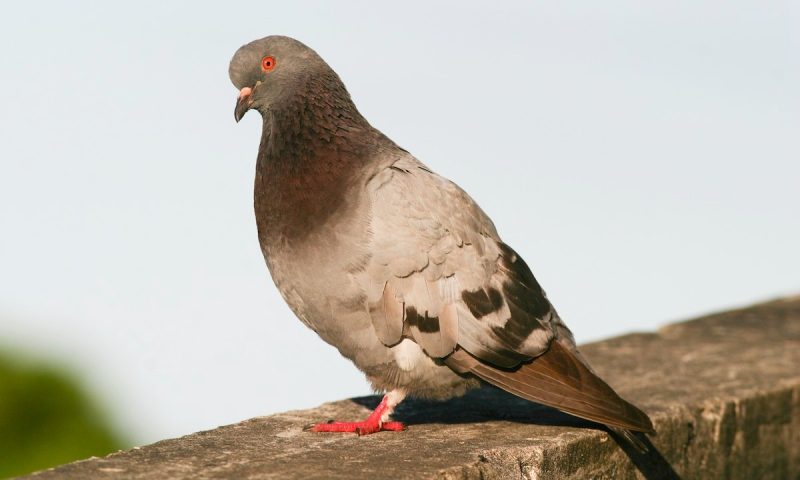
The Rock Pigeon, also commonly referred to simply as the pigeon, is a familiar sight across all urban environments in New York. These medium to large-sized birds are stocky and broad-chested, measuring about 11 to 14 inches in length with a wingspan of 19 to 26 inches, and weighing up to 13 ounces. Their coloration is extremely variable, but the classic form includes a bluish-gray body, iridescent green and purple neck, and two distinct black bands across each wing. Their red feet and rounded tail further help in distinguishing them.
Rock Pigeons are highly social and can often be seen in flocks gathering in parks, sidewalks, rooftops, train stations, and anywhere with high human activity. They feed primarily on grains and human food scraps, making them well adapted to city life. These pigeons are strong fliers and often roost and nest on architectural ledges, bridges, and other man-made structures that mimic the cliffs and rock faces of their original habitats in Europe and North Africa. They build simple nests using twigs and debris and can breed year-round in urban areas.
In New York, Rock Pigeons are most abundant in New York City and other metropolitan regions, but they can also be found in towns, farms, and even remote areas with human presence. They are non-migratory and remain in the state all year long. Their overwhelming numbers, adaptability, and close association with people have made them both iconic and, at times, a nuisance. Nonetheless, they are a key component of the city’s birdlife and a common subject for both casual observers and urban wildlife studies.
Eurasian Collared-Dove (Streptopelia decaocto)

The Eurasian Collared-Dove is a medium-sized dove species that is a relatively recent arrival in North America and still uncommon in New York. It is easily recognized by its soft gray to light beige plumage, squared-off tail with white edges, and most notably, a narrow black crescent or “collar” on the back of its neck. These doves typically measure around 12 inches in length with a wingspan of approximately 18 inches, and their gentle, cooing call is slower and deeper than that of the Mourning Dove.
This species prefers open and semi-open environments, such as suburban neighborhoods, farmlands, and small towns where trees and powerlines are available for roosting and nesting. They often forage on the ground for seeds, grains, and scattered birdseed from feeders. Eurasian Collared-Doves are less skittish than other doves and can become quite tame around human habitations. Like other dove species, they build flimsy nests and are capable of breeding throughout much of the year in warmer areas.
In New York, the Eurasian Collared-Dove is still a rare sight, with a few scattered sightings mostly in the western parts of the state such as near Rochester and along the Great Lakes region. They have also been spotted occasionally in New York City and Long Island. Their range is slowly expanding as they move eastward from their initial introduction point in Florida and the southeastern United States. Although not yet widespread in the state, their presence is steadily increasing and birders are encouraged to report sightings to local birding organizations.
White-winged Dove (Zenaida asiatica)
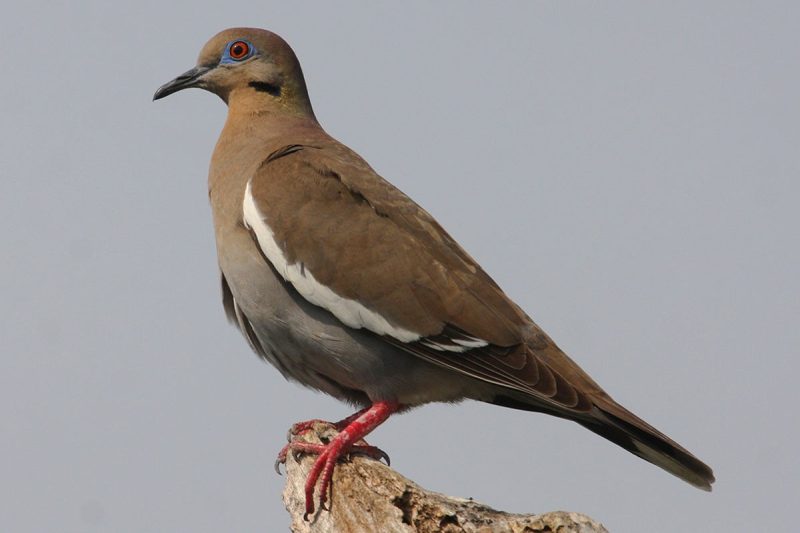
The White-winged Dove is a striking species that can be recognized by its large size, rich brownish-gray body, and the bold white stripes on its wings, which are especially visible during flight. It also features a blue eye-ring and a short, squared tail with white tips. Adult White-winged Doves typically measure between 11 and 12 inches long with a wingspan of about 18 inches. Their size and plumage set them apart from other doves commonly found in New York.
White-winged Doves are usually found in more southern or desert-like regions, but some have begun to appear farther north and east in recent years. Their diet consists mostly of seeds, grains, and fruits, and they are known to visit bird feeders that offer sunflower or millet seed. These doves prefer habitats with dense shrubs or trees for nesting, as well as open areas for foraging. Their calls are a series of hoots that sound somewhat like “who-cooks-for-you,” which can help identify them in the field.
In New York, the White-winged Dove is considered a rare visitor. Most sightings occur during migration or in the warmer months, and they are often recorded in birding hotspots such as Central Park in Manhattan or coastal areas like Long Island. They are not known to breed in the state but may appear as vagrants, particularly during the spring and fall migration periods. These rare visits are often eagerly documented by birdwatchers, making the White-winged Dove a prized find in the New York birding community.
Spotting Tips for Mourning Doves in New York
Where to See Them: Mourning Doves are abundant across both urban and rural settings in New York, and they can be found throughout all seasons. They’re especially easy to spot in open or semi-open environments such as public parks, backyard gardens, farmland edges, and grassy fields. In cities like New York City, look for them perched on utility wires, rooftops, fire escapes, or quietly foraging on sidewalks and vacant lots. In more suburban or rural areas, they frequent low fences, tree limbs, gravel driveways, and open ground beneath bird feeders. Prime viewing spots include Central Park, Prospect Park, the Bronx River Parkway Greenway, and the outskirts of upstate towns, where grassy areas and scattered trees provide ideal foraging and nesting habitat.
Best Time to Spot: Mourning Doves are active throughout the day, but the early morning hours around sunrise and the quiet moments of dusk are when they’re most vocal and visible. These are the times when males produce their soft, mournful cooing sounds to attract mates or establish territory, making it easier to detect their presence even before seeing them. During breeding season—spring through early fall—you may notice increased activity as they gather nesting material or feed their young. In winter, they are often seen huddling in sunny spots or puffed up to stay warm, particularly on bare tree branches or rooftops that catch sunlight.
How to Attract Them: Mourning Doves are ground foragers, so the most effective way to attract them is by scattering seeds—especially millet, cracked corn, or safflower—directly on flat, open ground or on low platform feeders. Avoid deep or small feeders, which they tend to ignore. Position feeders in quiet, safe areas with nearby shrubs or low tree branches where they can perch and observe. Providing access to clean water in a shallow birdbath will also encourage them to visit regularly. Once they feel safe, they often become regular guests, sometimes even nesting nearby if you offer suitable shelter like thick shrubs or dense potted plants on balconies or patios.
In Summary
New York is dove-friendly territory! Your “everyday” dove is the Mourning Dove, accompanied by ubiquitous Rock Pigeons. Keep your eyes peeled for rarer species like the Eurasian Collared‑Dove and White‑winged Dove, especially in urban greenspaces and summer seasons.


